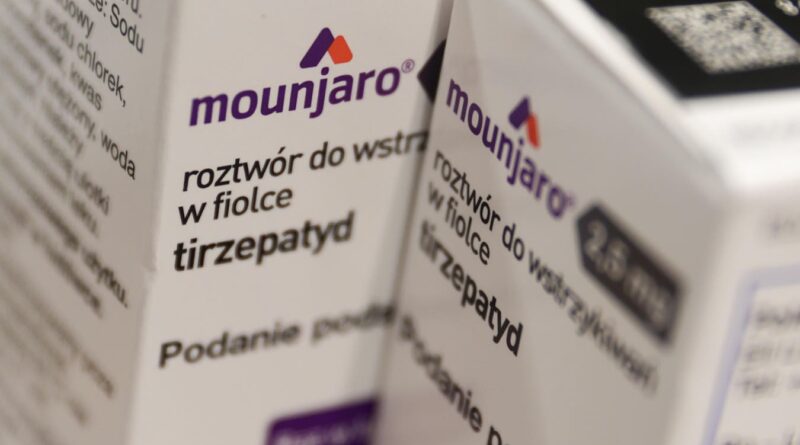What’s Next for Eli Lilly Stock After a Solid Q2?
The Eli Lilly and Company package can be seen in this illustration taken from it … [+]
Eli Lilly stock (NYSE: LLY) recently reported its Q2 results, with revenue and earnings exceeding Street expectations. The pharmaceutical giant reported sales of $11.3 billion and adjusted earnings of $3.92 per share, compared to consensus estimates of $9.9 billion and $2.60, respectively. The company also raised its full-year outlook, and the stock rose more than 15% since reporting Q2 numbers. In this letter, we discuss Eli Lilly’s stock performance, key takeaways from its recent results, and value.
First, let’s look at its stock performance. LLY stock has seen a whopping 455% gain from levels of $160 in early January 2021 to $890 now, versus an increase of nearly 40% for the S&P 500 over this period. Incredibly, LLY stock has outperformed the broader market over the past 3 years. The stock’s returns were 66% in 2021, 34% in 2022, and 61% in 2023. In comparison, the S&P 500’s returns were 27% in 2021, -19% in 2022, and 24% in 2023.
Actually, still beating the S&P 500 – in good times and bad – it has been difficult in recent years for individual stocks; for other heavyweights in the Healthcare sector, including UNH, JNJ, and ABBV, and even for megacap stars GOOG, TSLA, and MSFT. On the other hand, the Trefis High Quality Portfolio, which consists of a collection of 30 stocks, has it has outperformed the S&P 500 every year at the same time. Why is that? As a group, HQ Portfolio stocks have delivered better returns with less risk against the benchmark index; a significant decrease in the vehicle, as reflected in the performance metrics of the HQ Portfolio.
Given the current uncertain economic conditions with high oil prices and high interest rates, could LLY see a sharp jump? From a value perspective, LLY stock looks fairly priced, but strong demand for Zepbound and Mounjaro may continue to boost its stock.
Looking at Q2, Eli Lilly’s revenue of $11.3 billion showed solid growth of 36% yoy. This can be attributed to market gains for some of its drugs, including Mounjaro, Verzenio, and Zepbound. Mounjaro saw a massive 3x increase in sales to $3.1 billion. Verzenio’s sales were also up 44% to $1.3 billion. Zepbound’s sales stand at $1.2 billion. Eli Lilly also saw its adjusted margin grow by 220 bps to 82.0% in Q2. Higher revenue and net expansion resulted in 86% growth in adjusted earnings to $3.92 per share.
Heading into the latest quarter, the company’s new products should continue to drive sales growth. Eli Lilly is expected to post a more than 75% increase in Mounjaro sales to $1.8 billion. Verzenio’s sales should also see strong growth to levels over $1 billion. Zepbound is likely to see its sales hit by the supply shortage. Eli Lilly expects its 2024 sales to be between $42.4 billion and $43.6 billion, and its earnings to be between $13.50 and $14.00 per every part prepared. This marks a significant improvement from its sales of $34.1 billion and adjusted EPS of $6.32 in 2023.
The overall increase was driven by the launch of Mounjaro outside the US and an increase in overall production. This trend is expected to continue in the near future. Eli Lilly raised its outlook for the full year and now expects its sales to be between $45.4 and $46.6 billion, which represents an increase of $3 billion from its previous outlook. It expects its adjusted earnings to be between $16.10 and $16.60, compared to its previous outlook of $13.50 to $14 per share. Overall, Eli Lilly posted a solid Q2 and it shows in its stock price performance. However, we think it’s a fair value at over $900.
While LLY stock looks like a fair price, it’s best to see how Eli Lilly peers charge on key metrics. You’ll find other useful comparisons for companies across industries at Peer Comparison.
LLY Return Compared to Trefis Reinforced Portfolio
Invest in Three times Market Benchmarking Portfolios
See all Three times Price Estimates
#Whats #Eli #Lilly #Stock #Solid
